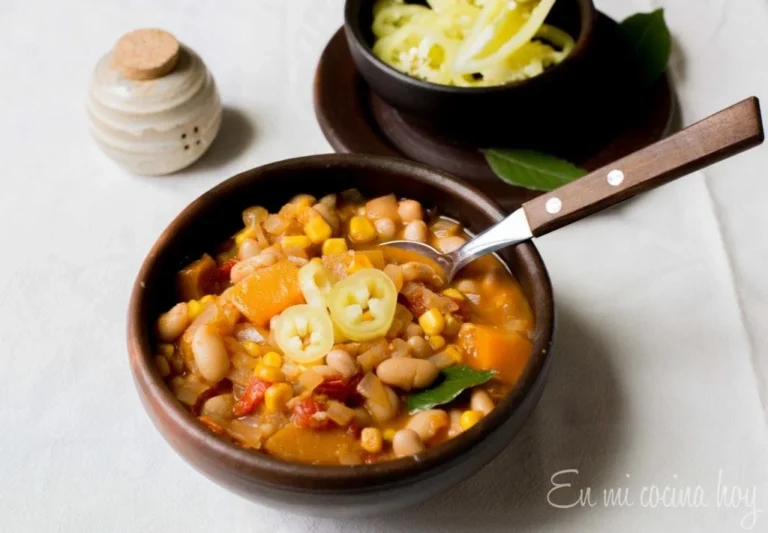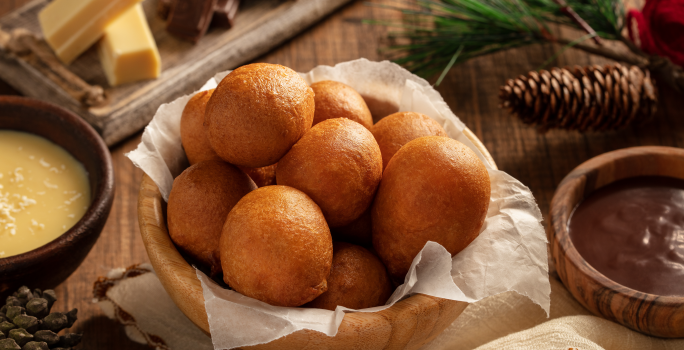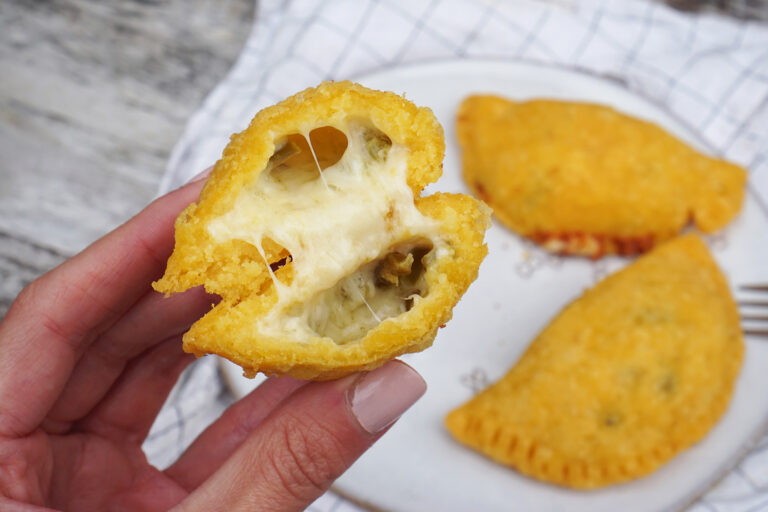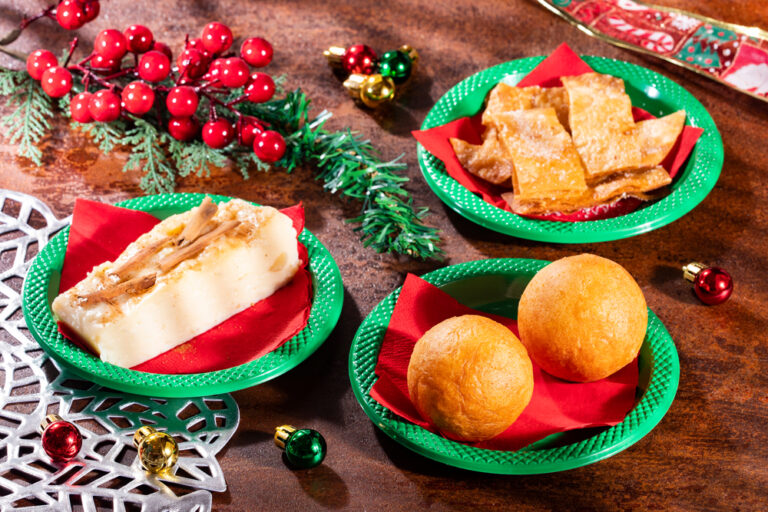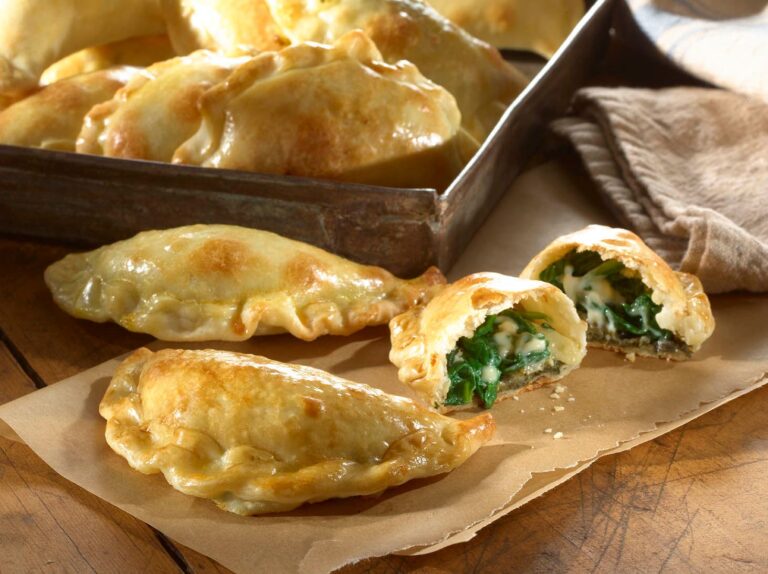Are you wondering about what is milanesa? It is a beloved dish across Latin America, cherished for its simplicity, versatility, and delicious taste. This culinary delight, which involves breaded and fried meat, has captured the hearts and taste buds of people in many countries, becoming a staple in households and restaurants alike.
Definition of Milanesa
Milanesa refers to a dish made by breading and frying thin slices of meat. Typically, the meat used is beef, chicken, or pork, though variations with fish or plant-based alternatives also exist. The preparation involves dipping the meat in beaten eggs, coating it with breadcrumbs, and then frying it until golden brown. The result is a crispy exterior encasing a juicy, tender interior.

Origin of Milanesa
The origin of Milanesa can be traced back to the Italian dish “cotoletta alla milanese,” a breaded veal cutlet named after Milan. Italian immigrants brought this culinary tradition to Latin America, where it evolved and adapted to local tastes and ingredients. Over time, Milanesa has become a distinct and beloved dish in its own right, far removed from its Italian roots.

Cultural Significance of Milanesa
Milanesa holds a special place in the hearts and kitchens of many Latin American countries. It is more than just a meal; it is a cultural icon that reflects the region’s history and culinary diversity.
Milanesa in Argentina
In Argentina, Milanesa is a national favorite. It is often served with mashed potatoes, French fries, or a simple salad. The dish is so popular that it has its own designated day: May 3rd, known as “Día de la Milanesa.” In Buenos Aires, you’ll find Milanesa on the menu of almost every restaurant, from casual eateries to fine dining establishments. Variations like Milanesa a la Napolitana, topped with ham, cheese, and tomato sauce, showcase the creativity and regional adaptation of this classic dish.
Milanesa in Mexico
Mexican cuisine has embraced Milanesa with open arms. In Mexico, Milanesa is often served in tortas (sandwiches) or as a main course accompanied by rice, beans, and salad. The Mexican twist on Milanesa includes seasoning the breadcrumbs with local spices, giving it a unique flavor profile. It’s a common offering in both street food stalls and home kitchens, reflecting its widespread popularity.
Milanesa in Uruguay
Uruguayans also have a deep affection for Milanesa. It is a staple in Uruguayan households and is frequently featured in family meals and gatherings. Milanesa is typically served with a variety of side dishes such as Russian salad, fries, or a fresh green salad. The dish is celebrated for its comforting, home-cooked feel, and its presence in daily life underscores its importance in Uruguayan culture.
Historical Background of Milanesa
Understanding the history of Milanesa involves exploring its European roots and how it has transformed over time.

European Influences
The story of Milanesa begins in Europe, specifically in Milan, Italy. The Italian “cotoletta alla milanese” is a breaded veal cutlet, and it is widely believed to be the precursor to Milanesa. The technique of breading and frying meat was brought to the Americas by Italian immigrants in the late 19th and early 20th centuries. This culinary practice merged with local traditions, leading to the creation of a dish that, while inspired by Italian cuisine, is distinctly Latin American.
Evolution Over Time
As Milanesa traveled from Europe to Latin America, it underwent significant evolution. Local ingredients and flavors were incorporated, and variations emerged in different countries. In Argentina, for instance, the addition of ham, cheese, and tomato sauce to create Milanesa a la Napolitana reflects an Italian influence adapted to Argentine tastes.
In Mexico, the use of local spices in the breadcrumb mixture gives Milanesa a distinctly Mexican flavor. Each country has put its unique spin on Milanesa, making it a versatile and adaptable dish that continues to evolve.
The Art of Preparing Milanesa
Making Milanesa is an art that involves a few key steps to achieve the perfect balance of crispy exterior and tender meat.
Choosing the Right Meat
The choice of meat is crucial in making a good Milanesa. While beef is traditional, chicken and pork are also popular choices. The meat should be thinly sliced or pounded to ensure it cooks quickly and evenly.

Bread Crumbs and Seasoning
The breadcrumbs used for coating the meat play a significant role in the texture and flavor of Milanesa. Fresh breadcrumbs are preferred for their texture, but store-bought ones can be used as well. Seasoning the breadcrumbs with herbs, spices, and even grated cheese can add an extra layer of flavor.

The Breading Process
The breading process involves dipping the meat in beaten eggs, then coating it thoroughly with the seasoned breadcrumbs. This step can be repeated for an extra-crispy coating. Some recipes also suggest letting the breaded meat rest before frying to help the coating adhere better.

Frying to Perfection
Frying is the final and perhaps most important step. Milanesa should be fried in hot oil until golden brown and crispy. It’s essential to maintain the right oil temperature to prevent the breading from absorbing too much oil and becoming greasy. Once fried, Milanesa is typically drained on paper towels to remove excess oil.
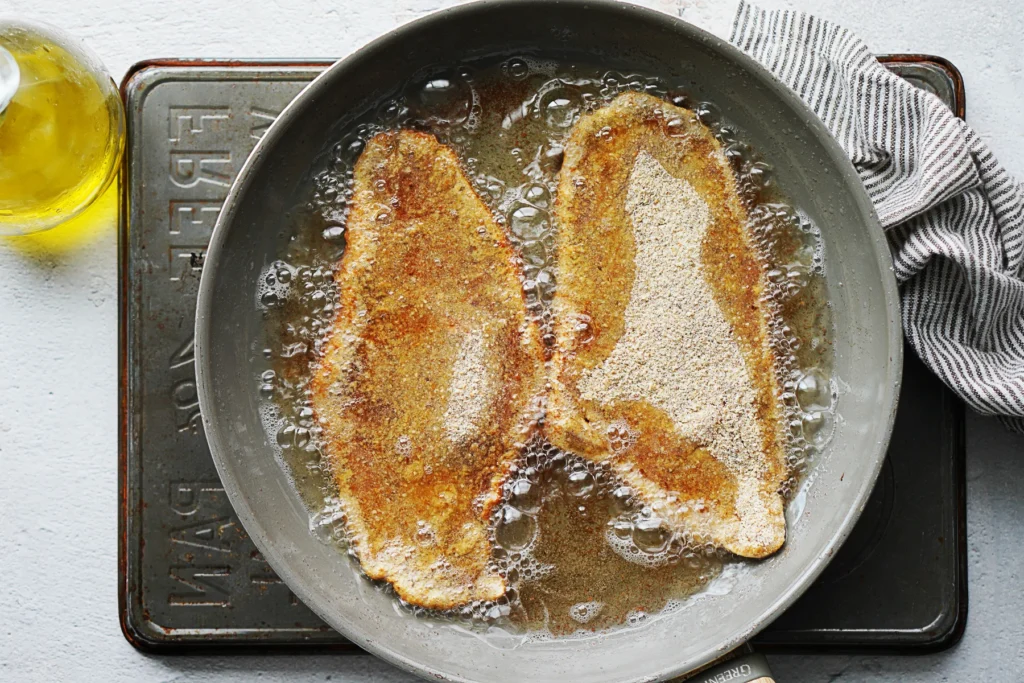
Variations of Milanesa
Milanesa’s versatility has led to numerous variations, each with its unique twist.
- Milanesa a la Napolitana: A popular Argentine variation, Milanesa a la Napolitana, involves topping the breaded and fried meat with ham, cheese, and tomato sauce, then baking it until the cheese melts. This version is reminiscent of Italian flavors and is a favorite in Argentine cuisine.
- Milanesa Suiza: Milanesa Suiza, or Swiss Milanesa, is another variation where the breaded meat is topped with Swiss cheese and baked. This adds a rich, cheesy layer to the dish, making it even more indulgent.
- Vegetarian and Vegan Milanesa: With the growing popularity of plant-based diets, vegetarian and vegan versions of Milanesa have emerged. These can be made using eggplant, tofu, or seitan, and are breaded and fried in the same way as the traditional meat versions. These alternatives provide a delicious option for those who prefer not to eat meat.
Serving Milanesa
Milanesa is a versatile dish that can be served in various ways, depending on regional preferences and personal tastes.
- Classic Pairings In Argentina, Milanesa is often paired with mashed potatoes or French fries. A simple green salad with tomatoes, onions, and lettuce is a common accompaniment, adding a refreshing contrast to the rich, fried meat.
- Tortas and Sandwiches In Mexico, Milanesa is frequently served in tortas, a type of sandwich made with bolillo or telera bread. These sandwiches are typically filled with avocado, lettuce, tomato, and sometimes pickled jalapeños, making for a hearty and satisfying meal.
- Healthy Options For a lighter option, Milanesa can be served with a fresh salad or roasted vegetables. This not only balances the meal but also highlights the versatility of the dish, allowing it to fit into a variety of dietary preferences.
FAQs
Conclusion
Milanesa is a classic dish that embodies the rich culinary traditions and cultural diversity of Latin America. From its Italian roots to its widespread popularity in countries like Argentina, Mexico, and Uruguay, Milanesa has evolved into a beloved comfort food enjoyed by many.
Its versatility and adaptability make it a dish that can be customized to suit various tastes and dietary preferences. Whether served with traditional sides, in a sandwich, or in a modern vegetarian version, Milanesa remains a delicious and cherished part of Latin American cuisine.
Disclosure: Our blog contains affiliate links to products. We may receive a commission for purchases made through these links. However, this does not impact our reviews and comparisons. We try our best to keep things fair and balanced, in order to help you make the best choice for you.


